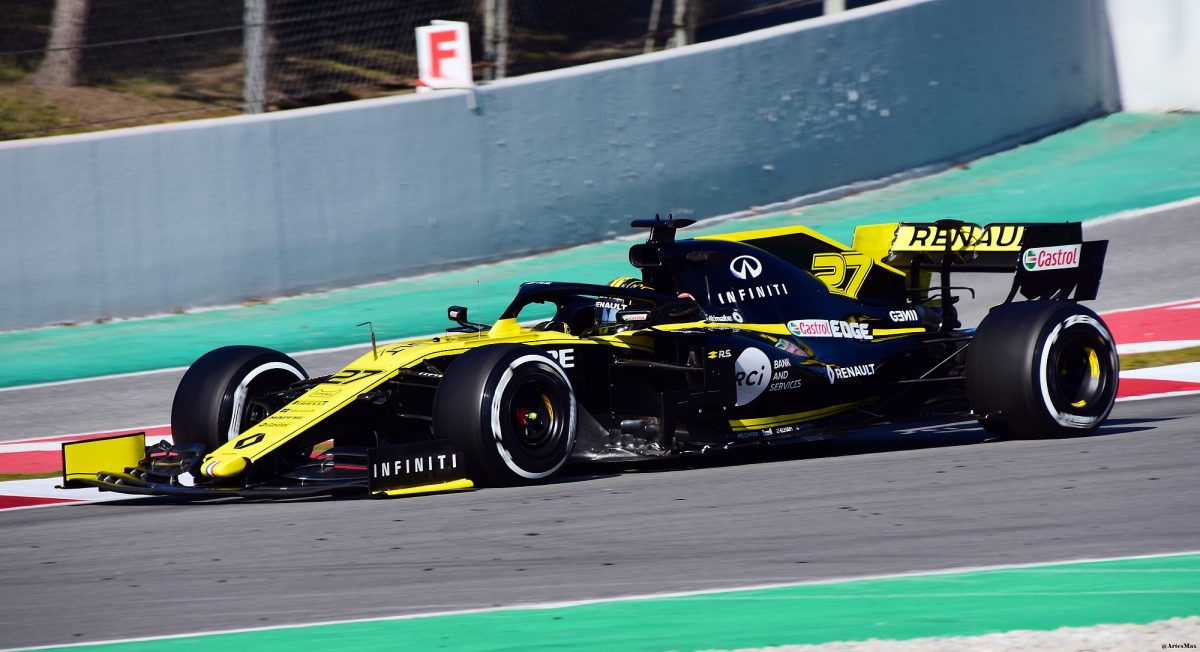Formula 1: Drive to Survive is back for a second season and it captures the highs and lows of the 2019 Formula 1 World Championship. And unlike Season 1, all 10 teams decided to take part.
Having watched the success of the series from the outside, Ferrari and Mercedes decided to let the cameras in for one and two races, respectively.
Ferrari let Netflix in for the United States Grand Prix, where the team fell short of expectations. A better race to let the cameras in would have been the Italian Grand Prix, since it’s Ferrari’s home race.
Initially, Mercedes granted Netflix access to just the German Grand Prix, coinciding with Mercedes celebrating 125 years in competitive motorsport and their 200th F1 race. After an unexpected result to the race, Mercedes allowed closer access to the team and to driver, Lewis Hamilton, at the next race in Hungary.
Much like Season 1, the cinematography was excellent. The extra access to unseen race footage, as well as access to previously unheard and uncensored radio messages from car to team continued to impress.
This season featured many stories that were worth talking about.
Daniel Ricciardo’s high-risk move to Renault: Carlos Sainz’ corresponding move to McLaren: the deaths of three-time World Champion Niki Lauda and Formula 2 race-winner Anthoine Hubert: the struggles of Williams; and the Pierre Gasly-Alexander Albon seat swap were the biggest stories and they were impressively documented.

Some stories, however, were not included.
The Gasly-Albon swap received too much attention. This story was worth exploring, but similar stories have happened before. When a Red Bull driver is under performing during a season, they are destined for the chop. Red Bull are impatient with their drivers, and it was not a big surprise when Gasly was dropped. Because this story received too much attention, other stories were not featured at all.
Daniil Kvyat’s successful return to the grid, the much-hyped Lando Norris’ rookie season, and the sudden death of Charlie Whiting were all important stories that failed to get exposure.
It wasn’t just individuals who saw no screen time. The Racing Point and Alfa Romeo teams were not featured at all. Both teams deserved some time in the spotlight, especially Racing Point. The Pink Panthers experienced so much off-track turbulence in 2018 that a follow-up was almost expected. Racing Point was not so lucky this time.

Another aspect of improvement is the neutral on-camera perspective by journalist Will Buxton. While he is well respected in the F1 paddock, there are many English-speaking F1 journalists who could have provided an unbiased insight into the season’s biggest moments.
Since motorsport is still dominated by males, female journalists should have been interviewed (eg. Natalie Pinkham, Rachel Brookes, Rosanna Tennant, Lee McKenzie).
Overall, Season 2 of Drive to Survive is a subpar follow-up to Season 1. Some stories were over-dramatized, which gives viewers an inaccurate look in F1. Yet Season 2 still creates drama, excitement, and sadness.
The series has done a great job at creating new fans, and Season 2 still makes a strong case for the series to be renewed. A third season has not been announced, but the success of the series so far could tempt Netflix to create one.

